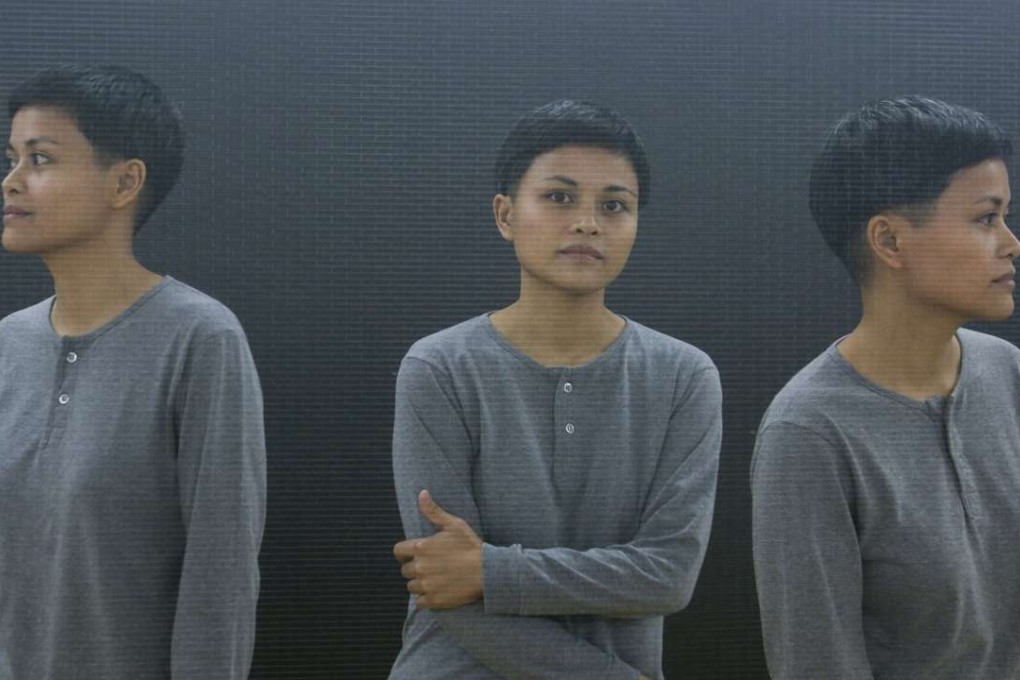Hong Kong solo debut for Filipino who’s painted same thing since 2008
Manila-based Maria Taniguchi has been making realistic paintings of a wall of black bricks for eight years, and her first solo show here features five new brick works plus an installation

All good visual artists have a distinct, recognisable style. And Maria Taniguchi’s approach is undoubtedly unique. After all, she was awarded the Hugo Boss emerging Asian artist jury prize in 2015 for her “very singular” practice.
Since 2008, the Filipino artist has been making what she calls “brick paintings” – realistic paintings of a black brick wall. They come in different sizes: the largest one on show at Galerie Perrotin is nearly three metres wide and two metres high, but the bricks are always the same size and she always uses the same black paint. Basically, she has been painting the same thing over and over again for eight years.

There is another aspect of her practice that is unusual. The brick paintings, which are all untitled, are her best-known works so far, but she sees them almost as warm-up exercises before she tackles other projects such as videos and installations.
In the catalogue of her September exhibition with artist Sriwhana Spong in Singapore’s Lasalle College of the Arts. she said: “[The brick paintings] serve a very practical purpose. These paintings take time and help me regulate my own production, my thinking.”